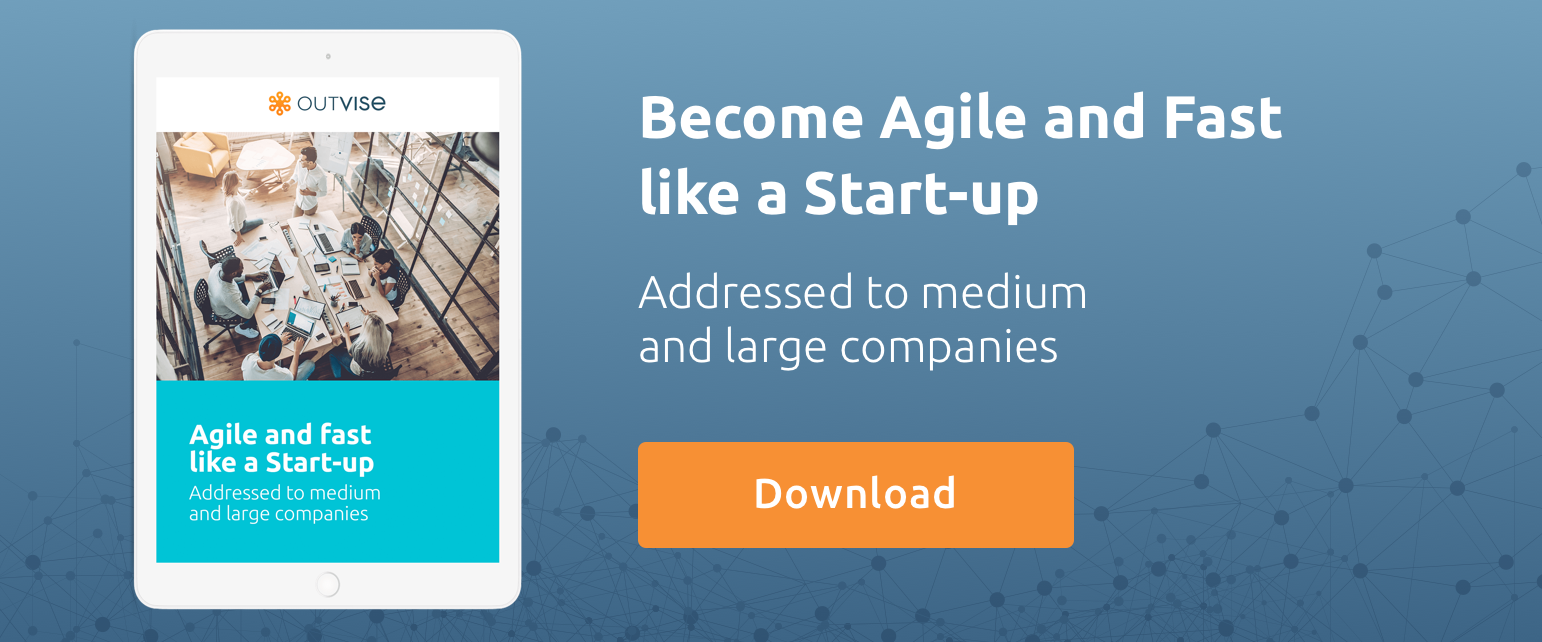Generational diversity in the workplace is growing. Certainly, diversity in all its forms is inherently beneficial; with a variety of perspectives, businesses can nurture collaboration, facilitate mentoring and drive innovation. However, there is a potential for conflict. Different generations can have clashing values and viewpoints, work ethics, and communication styles. Therefore, management needs to have highly honed leadership skills to make the most of their team. In this article, we outline the soft skills list for managing a multi-generational workforce.
Managing generational diversity: The soft skills list
Now, the vast majority of large corporates will have employees across the entire age spectrum, from seasoned Baby Boomers to the first wave of fresh-faced Generation Zers, and everything in between. However, each generation has its own distinct characteristics. Baby Boomers are known for their experience and work ethic, while Millenials are valued for their flexibility and innovative mindsets. Equally, Generation Z is prized for being the first true digital natives.
That said, it’s not all plain sailing. As introduced, there is potential for antagonism; to give but one example, Baby Boomers can feel frustrated by Millenial attention spans. Meanwhile, Millenials and Generation Z can be exasperated by Baby Boomers’ inflexibility. To navigate these potential pitfalls and maximise the team’s potential, management needs to deploy the following soft skills list:
Personalised feedback techniques
When discussing the potential for conflict in the workplace, there tends to be a focus on Baby Boomers and Millenials. However, there is one important component of the workforce that we haven’t mentioned yet: Generation X. Generally speaking, it’s because they’re one of the less-analysed groups, and as such, can suffer from a form of ‘middle child’ syndrome.
Subsequently, leadership need to carefully hone their approach to managing Generation Xers, despite the fact they have a tendency to keep their heads down. However, it’s this behaviour that indicates how to manage them; they like their independence and resist micromanagement. Therefore, when it comes to feedback, they would tend towards an annual or bi-annual comprehensive review over constant input.
However, research suggests Generation Z prefer immediate, bite-size feedback. More concerned with job stability and performance than renegade Millenials, they tend to like frequent, incremental feedback so they feel like they’re doing their best. Therefore, management shouldn’t implement a one-size-fits-all review system, and instead, tailor sessions to each group’s needs.
Create age-diverse teams
An important way to nurture collaboration and harmony in the workplace is to consciously construct age-diverse project teams. This encourages team members to build relationships, open lines of communication and share their skills. Most importantly, employees tend to prefer this approach. According to research, 9 out of 10 Australians prefer working in multi-generational teams.
Naturally, the benefits of this are obvious: Baby Boomers bring structure and experience; Gen X independence and initiative; Millennials dynamism and adaptability; and Gen Z innovation and full digital literacy. Moreover, the opportunities for co-learning and mentoring are huge; this is why companies like AT&T and PNC have implemented cross-generational knowledge sharing programmes.
Never stereotype
Although thus far we’ll admit we’ve indulged in stereotyping to illustrate various points, the key to managing a multi-generational team is to never stereotype. Not only does it frustrate staff, but it also prevents you from making the most of your team’s skills.
For instance, a common prejudice is that older people aren’t digitally literate, when in fact, this is a false assumption. Amongst the general population, Internet usage amongst older people has risen sharply. Meanwhile, computing professionals who have lived through numerous stages of technological development have a wealth of insight into innovation going forward.
Equally, Millenials and Generation Zers loath being cast as over-sensitive or self-involved – there’s plenty of organised, empathetic and resilient young people in the workforce. The key instead is to listen to your employees and adapt communication according to personality type, not age.
Adapt your recruitment strategy with a soft skills list
However, your soft skills list shouldn’t only be limited to internal communication. To reap the full benefits of a high-functioning multi-generational workforce, companies need to attract diverse employees. Organisations should to craft communication messages to appeal to a broad range of candidates; for instance, Boomers may focus on company reputation, while Millenials will look for more personal development opportunities.
Moreover, companies need to ensure their message reaches a broad pool of candidates. Whether you’re recruiting for permanent, interim or project-based positions, ensure you’re using diverse channels. For instance, you can reach Boomers through professional networks and societies; Generation Z through social media campaigns; or experienced Generation Xers through online talent platforms.
Get the most from your team with this soft skills list
Generational diversity can be challenging, but in dynamic, turbulent markets, the benefits outweigh the obstacles. By fostering a team that values collaboration and diplomacy, alongside leadership that facilitates meaningful, personal relationships between organisation and employee, you can create a more harmonious and productive workforce. Finally – and crucially – with a multi-generational team, you can better understand the landscape outside of the four walls of your organisation and better serve your customers.
Eusebi is Co-Founder and CEO at Outvise, with a demonstrated history in the management consulting industry. He's a seasoned entrepreneur with a strong background in Business Planning, Entrepreneurship, Strategic Partnerships, Business Transformation, and Strategic Consulting.






No comments yet
There are no comments on this post yet.